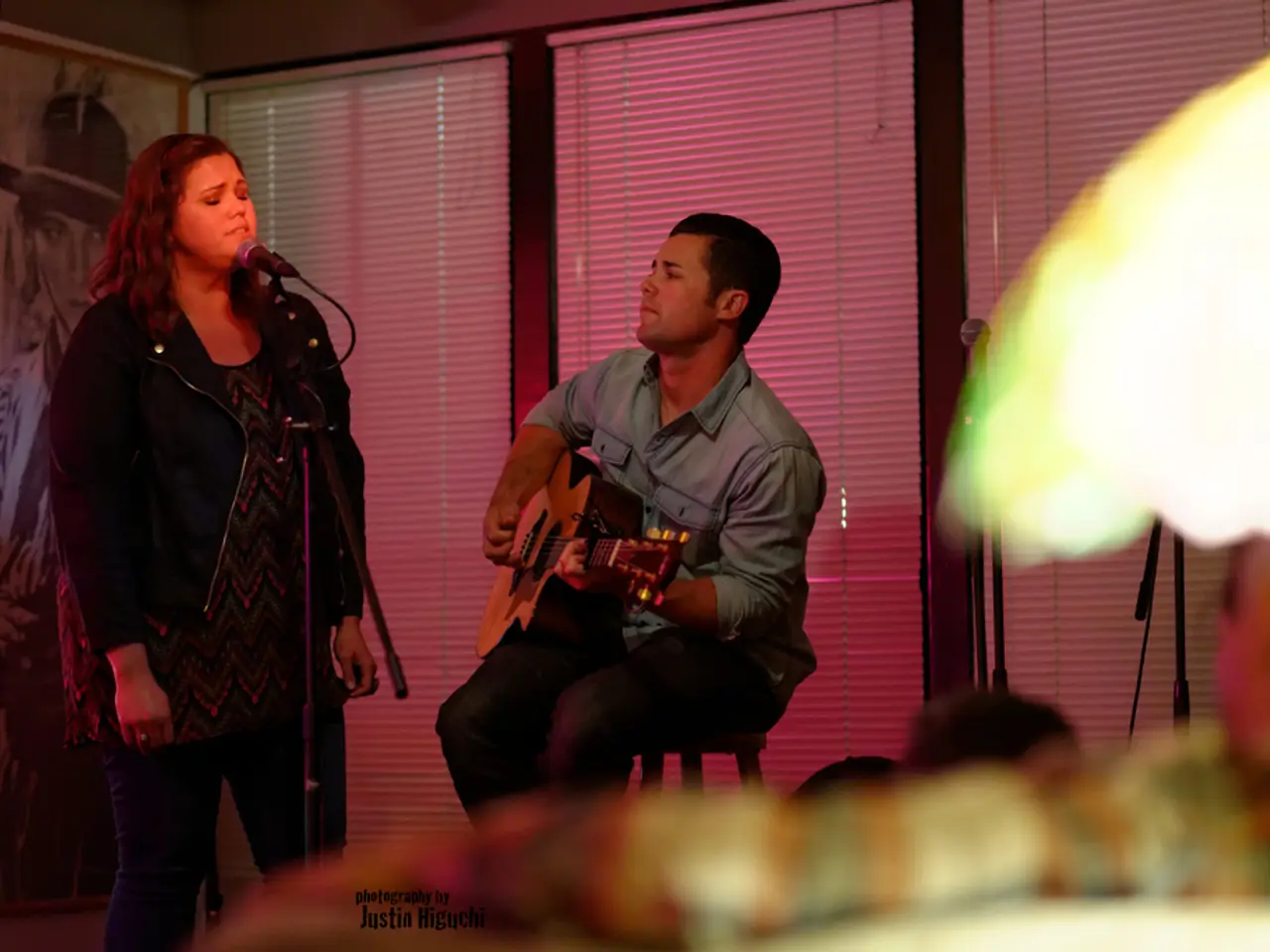Mainstream Embraces Innovative Cinematography Methods in Film Production
In the world of filmmaking, the traditional is giving way to the avant-garde. Innovative techniques that were once the domain of art-house films are now making their way into mainstream cinema.
Films like "A Quiet Place" and "Dunkirk" are pushing boundaries with dissonant soundscapes and groundbreaking audio techniques. Meanwhile, directors like David Lynch and Terrence Malick are using surreal imagery and dream-like sequences to create a sense of disorientation and intrigue.
Avant-garde filmmaking techniques are no longer confined to the fringes of the industry. They are being integrated into mainstream cinema, thanks to the democratization of experimental filmmaking. Affordable high-quality cameras, user-friendly editing software, and online distribution platforms have made it easier than ever for filmmakers to explore unconventional narrative structures and non-linear storytelling.
The rise of AI and machine learning has also played a significant role. AI is assisting in post-production tasks like color grading, visual effects, and even scriptwriting. This technology is making it possible for filmmakers to create more complex and visually stunning films.
One of the most notable examples of non-linear storytelling is Christopher Nolan's "Memento" and Gaspar Noé's "Irreversible". These films demonstrate the power of non-linear narratives to create a sense of tension and confusion, while still maintaining a coherent and engaging story.
Mobile filmmaking is another area where experimentation is thriving. With the ability to shoot, edit, and share work from anywhere, filmmakers are given the freedom to push boundaries and create unique and innovative films.
Surreal imagery and unconventional camera angles are becoming more common in mainstream films. Films like "Inception" and "Birdman" use these techniques to create a sense of disorientation and to evoke emotions and themes.
Editing techniques like jump cuts, slow motion, or split screens can also disrupt the conventional flow and create a sense of unease. These techniques are being used more frequently in films and TV shows to create a more immersive and engaging experience for viewers.
Innovations in technology have led to the rise of interactive films, such as "Black Mirror: Bandersnatch". These films allow viewers to make choices that affect the outcome of the story, creating a more immersive and interactive experience.
Virtual Reality (VR) and Augmented Reality (AR) technologies are also opening up new realms for immersive storytelling. These technologies allow filmmakers to create more realistic and immersive worlds, creating a more engaging experience for viewers.
The key to successful experimental filmmaking lies in balancing innovation with coherence. While it's important to push boundaries and try new things, it's equally important to ensure that the story is still coherent and engaging for viewers.
Overall, avant-garde filmmaking contributes both specific technical innovations and a spirit of formal experimentation that mainstream audiovisual media continue to absorb and reinterpret, deeply enriching the viewing experience. From non-linear narratives and fragmented time, to experimental animation styles and mixed media, these techniques are transforming the way we experience cinema and television.
- In the film "Memento" by Christopher Nolan, a non-linear narrative structure is used to create a sense of tension and confusion, maintaining a coherent and engaging story.
- Brian Yuzna's "Society" employs surreal imagery and unconventional camera angles to elicit emotions and themes, pushing boundaries in the realm of indie filmmaking.
- With the advent of affordable high-quality cameras and user-friendly editing software, filmmakers now have the freedom to explore unconventional narrative structures and non-linear storytelling.
- Machine learning and AI are revolutionizing post-production tasks by assisting in tasks like color grading, visual effects, and even scriptwriting, allowing filmmakers to create visually striking and complex films.
- The interactive film "Black Mirror: Bandersnatch" utilizes viewer-led choices to create a more immersive and interactive experience, showing the potential of technology in reforming traditional cinema.
- Augmented Reality (AR) and Virtual Reality (VR) technologies offer filmmakers the opportunity to create more realistic and immersive worlds, broadening the horizons of storytelling and viewer engagement.




